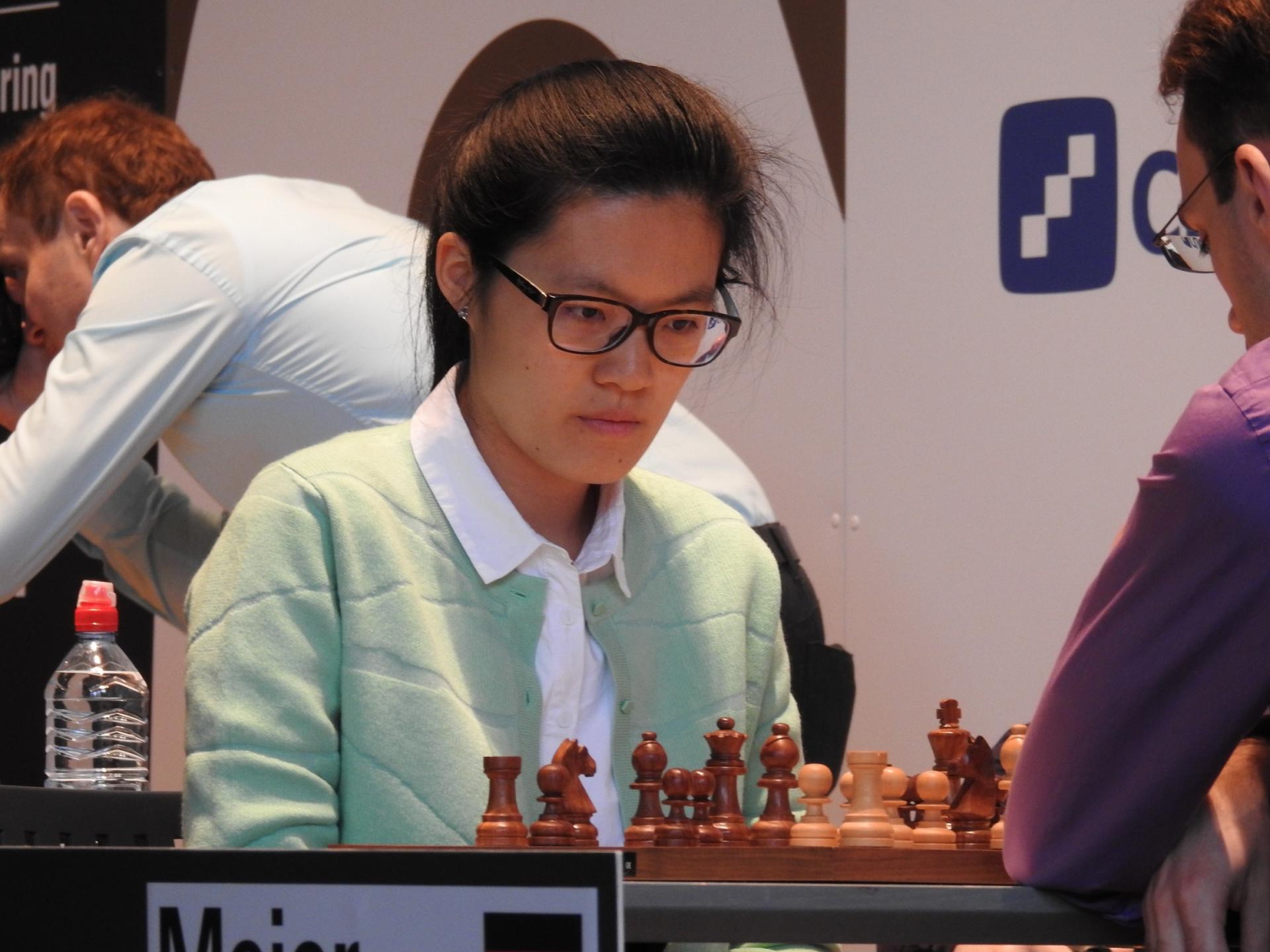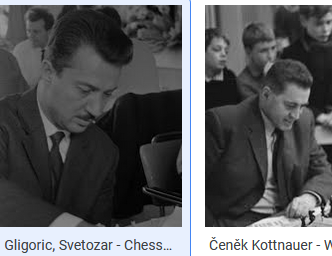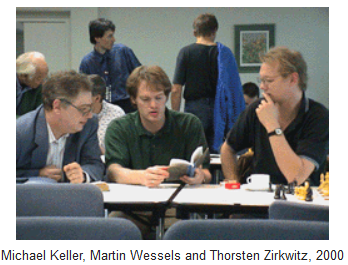The second session of 2017 went off without a hitch.
Due to the 3 hour time limit, the course was held from 1:30 to 4:30 and then from 4:30 to 7:30.
Below is the Master's report and an animation of the diagrams.
Quote of the day (found on "Chesspedia"): "How can Kasparov, after all his fights against Karpov, support him in the elections for the FIDE presidency? What kind of unprincipled person is that? I will never be able to understand this" (V. Kortchnoi in 2012). Viktor is obviously right, but I see an explanation: this support was the surest way to make him lose. So, not so badly played...


A small note of up-to-date news: all my encouragements to Yifan, the delightful and so sympathetic world champion, who carries out a kind of helpmate (the problemists thank her) in protest against the pairings giving her to play 7 women in 9 games, in a tournament taking place on Spanish territory, albionesquement occupied. If this oddity could be put down to a probability, equivalent to that of a referee beating her one day, the arrogance of the organisers (basically, "everything is normal, move along, nothing to see") can only justify this gesture in hindsight. I've always liked women who, as we used to say, have something in their trousers (sorry if some sensitive souls find this expression macho, but it's not my fault if dresses and skirts are becoming rare). Congratulations also to her Georgian colleague Nazi Païkidzé who, as I understand it, doesn't like uniforms very much (last minute: it seems that our national Marie has also taken the same decision).
A pawn endgame published in a French magazine 70 years ago. The central pawn is sometimes stronger than the distant free pawn. The said pawn will certainly have to be pushed, but... not too fast.
 Then a joke with a reciprocal zugzwang putting in play a single Rook against a Knight and two pawns. Finally, a study illustrating once again the quarrel of the Ancients against the Moderns (unless it is their reconciliation). The composer of the original version is probably even more talented than the one of the new corrected version. But not necessarily more so than the cyberandroid, the real author of the said correction, which is symbolic of the creation of the 21st century...
Then a joke with a reciprocal zugzwang putting in play a single Rook against a Knight and two pawns. Finally, a study illustrating once again the quarrel of the Ancients against the Moderns (unless it is their reconciliation). The composer of the original version is probably even more talented than the one of the new corrected version. But not necessarily more so than the cyberandroid, the real author of the said correction, which is symbolic of the creation of the 21st century...

Game of the day: a youthful inspiration from the great Svetozar, who was the strongest player in the world outside the Soviet "paradise". The official France, which is not far from a paradox, started to hate Russia... long after the fall of the said paradise. This game raises more questions than it solves: the black advantage is obvious, but its realization requires an incredible precision, as modern analysis shows us. Don't miss the amazing 24 Nc5! Qd6 25 Nxb7? which invites you in psychedelic chess...
Memory, memory... A devilishly attentive reader put in parallel the conference of October 21, 2008 (where I affirm that "I did not know" Mattison's study in 1973) and my article in Phoenix 265 of September 2016 (free publicity) where I say the opposite. I owe him an explanation. I was recently cleaning up some paperwork, some of it 50 years old, and I found something that proved that I had already seen the study, which I thought I did not know! My God, how I would have liked, for the 40 years I have been scribbling chess papers, to meet such readers...
 A tribute to Thorsten Zirkwitz, who also left us prematurely, with the famous Popandopoulo theme, but illustrated in fairy form. Famous? Well, not that famous, did you know him? But it doesn't matter: as for Zagorouiko, Loschinsky, Fleck and many others, the best problems of the "Pope" have nothing to do with the theme that bears his name. An anecdote about Th. Z. (whom unfortunately I did not know personally): consulting his excellent site, I was attracted by an (excellent) article on the Bohemian problem, my passion of the years 1970-80. Eight problems are presented. Well, I knew 7 out of 8! Only the initial 2# was unknown to me (but not its author!). What a joy to meet a quality person with the same tastes as oneself!
A tribute to Thorsten Zirkwitz, who also left us prematurely, with the famous Popandopoulo theme, but illustrated in fairy form. Famous? Well, not that famous, did you know him? But it doesn't matter: as for Zagorouiko, Loschinsky, Fleck and many others, the best problems of the "Pope" have nothing to do with the theme that bears his name. An anecdote about Th. Z. (whom unfortunately I did not know personally): consulting his excellent site, I was attracted by an (excellent) article on the Bohemian problem, my passion of the years 1970-80. Eight problems are presented. Well, I knew 7 out of 8! Only the initial 2# was unknown to me (but not its author!). What a joy to meet a quality person with the same tastes as oneself!

Found in the magazine "Problème" by Robert Meignant (did you know that it was he who, in 1968, invented the Rose?) : "To hang a painting in your home is to condemn yourself to an eternal and static presence. I preferred to hang a large chessboard on the wall. The beautiful problems that follow one another give me a joy that I would like to share with you" (André Marceil, 1962).
A few 2# for practice selected by Marjan, some of them thought-provoking, then the continuation of the tribute to Th. Z. with two 3# to the generous white Queen and a 4# in which she stands out in another way. In the Austrian 4#, what is the best use for the two Bishops? Then a logical 5# with a model mate. A sumptuous helpmate (8 solutions!) of our future triple IM, an easy 3# helpmate... if one realises that the c7 pawn is not there for decoration; a long minimal German helpmate where one of the solutions took me much longer than the other. The two 3# selfmates (one with 3 model mates) will rest you from all these emotions.
Have a good time. See you in a few weeks if God wills it.
Add a comment